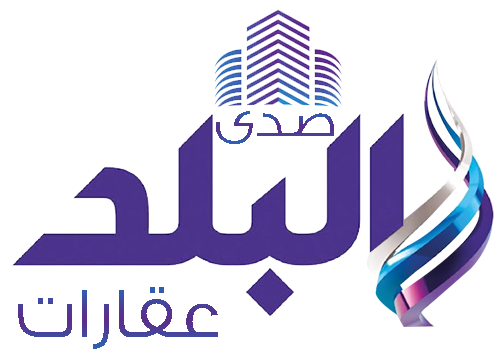Egyptian cotton prices have witnessed a slight decline in global markets during the current trading period, coinciding with a notable drop in total export volumes for the 2024/25 season.
According to a recent bulletin released by the Egyptian Cotton Exporters Association, reviewed by Al-Mal, total cotton exports for the ongoing season have reached 39,216.5 tons, compared to 53,856 tons recorded in the previous 2023/24 season, marking a decline of nearly 27%.
The data points to a modest price drop across Egypt's most traded cotton varieties. The Giza 94, Egypt’s flagship long-staple cotton, recorded 167 cents per pound, down from 170 cents last week. Meanwhile, Giza 95 slipped slightly to 130 cents per pound, compared to 131 cents in the previous week.
Egypt’s cotton export season runs from September through the end of August each year. Despite the seasonal cycle, traders and analysts observe that pricing pressures and global demand dynamics are impacting both export volumes and revenue this year.
The report noted that 36 companies active in cotton trading have collectively acquired 827,600 kantars (roughly 107,000 tons) through Egypt's public auction system since the season began in mid-October 2024. The auction-based marketing model has been under the supervision of Misr Cotton Ginning Company, which plays a regulatory and purchasing role when private buyers withdraw.
The total cultivated area for the 2024/25 cotton season in Egypt is estimated at 311,000 feddans (approximately 130,000 hectares), a slight increase over recent years but still below historical averages.
As per national cotton marketing regulations, the starting bid price at auctions must match either the government-guaranteed price or the international price, whichever is higher.
The guaranteed price for this season was initially set at EGP 10,000 per qintar in Upper Egypt and EGP 12,000 per qintar in Lower Egypt. However, it was later reduced by EGP 2,000 in each region in a move aimed at encouraging greater participation from private-sector buyers.
Insiders note that the exported quantities this season include 32,000 tons of long-staple cotton, such as Giza 94, 86, and 97, while the remainder consists of extra-long staple varieties, including Giza 92, 96, and others, a key segment sought after by high-end international textile manufacturers.
While the dip in prices remains modest, industry stakeholders are closely monitoring global trends and demand levels. Market analysts suggest that the decline in export volumes could be attributed to international competition, logistic challenges, and price sensitivity among buyers.
The Egyptian government and sector players continue to rely on the auction system and adjusted pricing mechanisms to balance supply, maintain competitiveness, and protect the interests of local farmers.
With the export season still underway, attention now shifts to how international markets will respond in the final quarter, and whether demand for Egypt’s premium cotton can rebound before the season closes in late August 2025.












